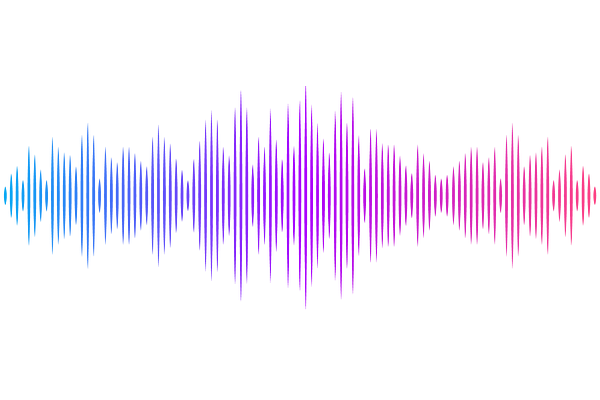B2 1308+326: a changing-look blazar or not?

B2 1308+326: a changing-look blazar or not?
Ashwani Pandey, Chen Hu, Jian-Min Wang, Bozena Czerny, Yong-Jie Chen, Yu-Yang Songsheng, Yi-Lin Wang, Hao Zhang, Jesus Aceituno
AbstractIn our previous study, we identified a shift in the synchrotron peak frequency of the blazar B2 1308$+$326 from 10$^{12.9}$ Hz to 10$^{14.8}$ Hz during a flare, suggesting it could be a changing-look blazar (CLB). In this work, we investigate the CL behaviour of B2 1308+326 by analysing a newly acquired optical spectrum and comparing it with an archival spectrum. We find that between the two epochs, the continuum flux increased by a factor of $\sim$4.4, while the Mg II emission line flux decreased by a factor of 1.4$\pm$0.2. Additionally, the equivalent width of the Mg II line reduced from $\sim 20$ \AA \ to $\sim 3$ \AA, indicating an apparent shift from a flat-spectrum radio quasar (FSRQ) class to a BL Lacertae (BL Lac) class. Despite this apparent change, the ratio of accretion disk luminosity to Eddington luminosity remains $>$ 10$^{-2}$ during both epochs, indicating efficient accretion persists in B2 1308$+$326. The measured black hole mass remains consistent with an average $\log M_{\rm BH} = 8.44$ M$_{\odot}$. Our findings suggest that B2 1308$+$326 is not a genuine CLB, but rather an intrinsic FSRQ that emerges as a BL Lac during high-flux states due to enhanced non-thermal emission.